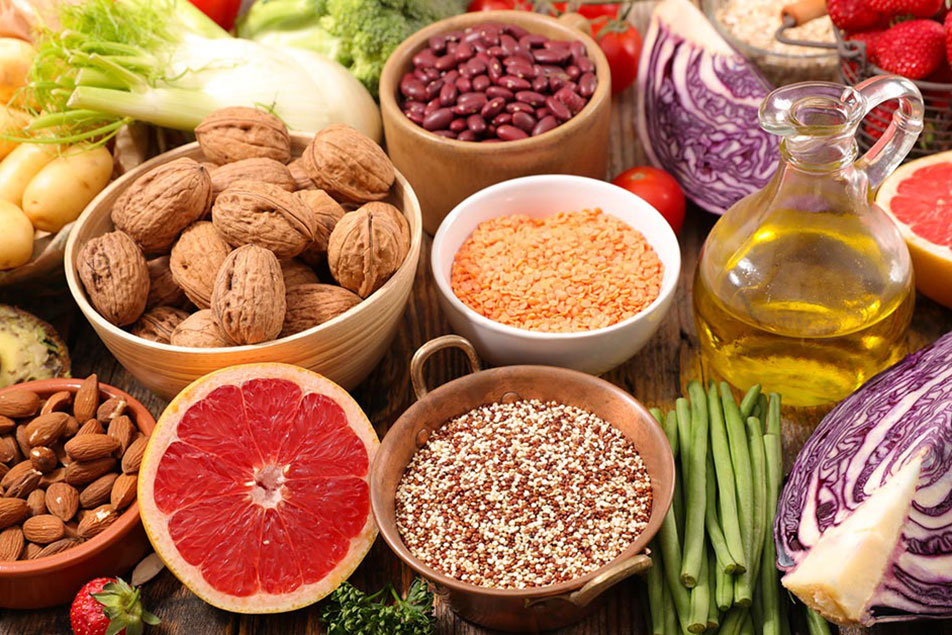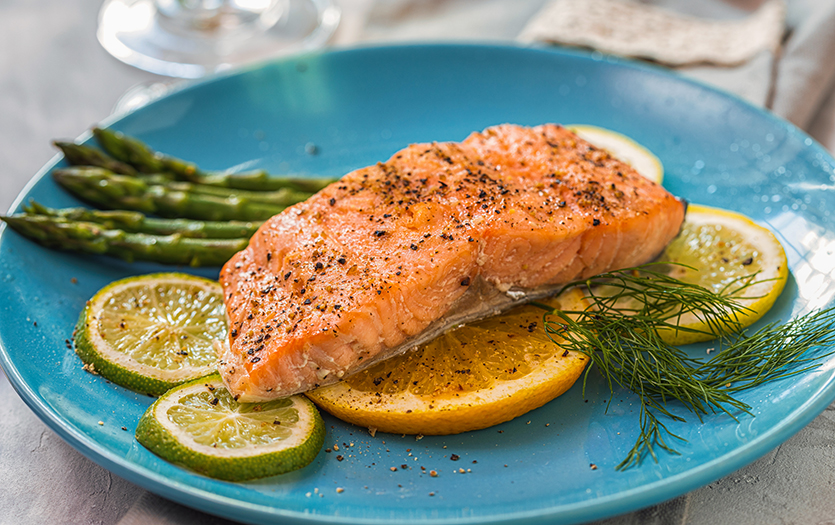
If you’re working toward race day during that last weekend in September, congratulations on completing your fourth week of training! We know how demanding these commitments can be. This milestone felt like a great point to circle back with Jen, who, you might remember, is training for the 4 mile Fort4Fitness event. Here’s how she’s feeling:
“I’ve been doing well with the training, but I’m struggling a little bit with the nutrition element and how I should eat differently in response to the added activity. I am trying to lose weight, but I find myself hungrier after my runs and weight training. What are the best things and when are the best times to eat with weight loss in mind?”
We sent Jen’s question to Christine Sorg, CD, Parkview Sports Medicine, who informs us that increased hunger is very common during training, and that what we put in our body before, during and after a run can make all the difference. She offered some extremely helpful tips for anyone feeling the pangs.
weight loss.
Nutrition plays an important role in how you feel on your runs, as well as during your cross-training sessions. If weight loss is your goal, a reduction of 200-300 kcal/day for females, and 300 - 500 kcal/day reduction for males is appropriate. If you are trying to lose body fat, you should consume at least 1.5 g of protein/kg of body weight to aid in the protection of the loss of lean body mass, since calories are restricted. (1)
protein.
Protein should be included several times throughout the day to help maintain your muscle mass. Protein such as 2 hard boiled eggs, 1/2 cup low fat cottage cheese, or 1 cup quinoa and 1/2 cup beans are great examples of 10-20 g of protein sources.
carbs.
Carbohydrates are important as well, and we recommend consuming 5-8 g/kg body weight. Consuming 3 g/kg body weight is considered low carbohydrate intake.
fat.
Fat can be restricted, but it is still recommended to be 25-30 percent of your total energy intake. Fat is a fuel source; it provides us with a satisfying taste, and a feeling of fullness. Nutrient-dense foods that contain fat include nuts, seeds, avocados and oils. Adding a tablespoon of olive oil to your steamed veggies (119 kcal, 14 g of fat of which 10 g are monounsaturated, and 0 are saturated), slicing an avocado onto your sandwich, and packing a serving of nuts to consume as a part of a recovery snack are some options. Limit junk food intake, as it contains mostly saturated fat. Limit saturated fat to 7 percent of your daily calorie intake.
putting it all together.
As body weight decreases, recalculate your protein, carbohydrates, and fat intake targets. (1) Counting calories initially can be beneficial, as it may be eye-opening to see what/how much you are eating. Mindful eating is also very appropriate, as we often rush through our days without actually enjoying the food we eat!
It can be beneficial to eat 6 small meals a day, or 3 meals and 2-3 snacks. Eating several times throughout the day helps to maintain blood glucose. Remember, your training and eating schedule can be assessed and manipulated to aid in weight loss. For example, if the training sessions are in the morning, it may be beneficial to train in a fasted state (avoid breakfast until after training). This may lead to decreased calorie intake over 24 hours, and increase total fat burned. (2) Incorporating fruits and vegetables into each meal increases volume, water, and fiber, without adding calories. Fruits and vegetables are also very high in the antioxidants that help to fight off soreness caused by the training.
planning.
Having a plan is key with sports nutrition, weight management, and exercise. Planning a recovery snack of 10-20 g of protein and approximately 30-50 g of carbohydrates can aid in recovery. Recovery is not the time to cut back on calories, as we continue to burn fat after we exercise. Options such as a granola bar and a glass of milk, or a smoothie (Try 1/2 cup skim milk, 1/2 cup orange juice, 20 g whey protein isolate powder, 1/3 cup frozen raspberries, 1/3 cup frozen strawberries, 1/2 banana, and 2 tsp Splenda) can help you recover, rehydrate, and encourage muscle protein synthesis. (3)
Planning meals and snacks in general throughout the day is a game changer for those who are working on weight management. The more of a built in plan we have, the less likely we are to grab that candy bar when hunger sets in after a training session. Pack your breakfast, recovery snacks, and fruits and vegetables one night/week, so they are ready for the entire week. Hydration is also very important. Carrying a water bottle around and refilling it throughout the day aids in maintaining hydration.
More resources:
Share your training setbacks and successes in the comments section or by tweeting at @parkviewhealth with #runthefort.
Want to sign up for the race? Start here.
Need a training plan? Get yours here.
Experiencing sore muscles? Get help here.
Questioning your cross-training? Find motivation here.
Feeling the heat? Get help here.
Sources
- Sports Nutrition: A practice manual for professionals 5th edition
- https://www.hindawi.com/journals/jnme/2016/1984198/
- Bipro Smoothie Cookbook



